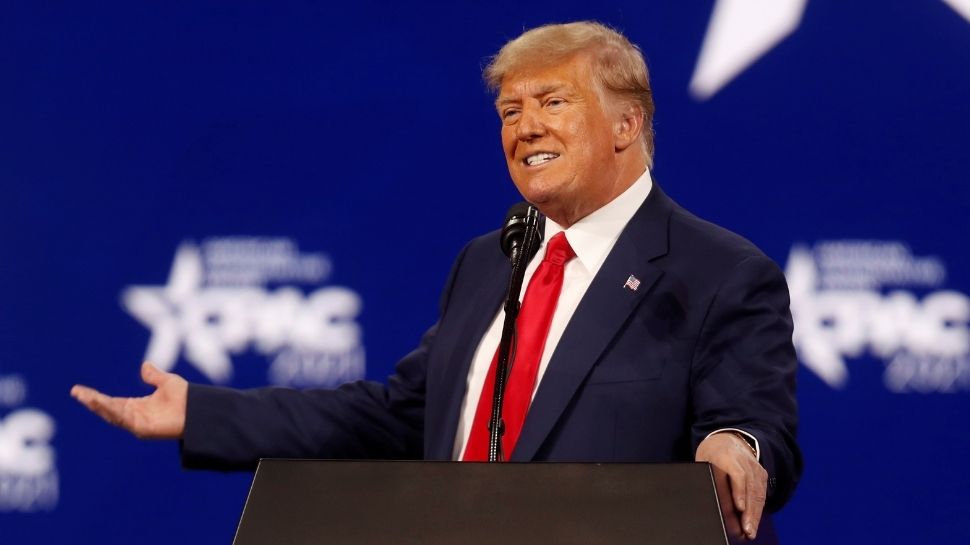There are many projections about what the policies of US President-elect Donald Trump will be and how it will impact Indian businesses. UBS Securities says this could lead to trade uncertainties globally in the near-term and India cannot escape a slowdown if it is a global event. They see downside risks to India’s FY26 growth of 6.8% to the tune of 30 – 50 basis points on US election outcome assuming a red sweep scenario.
That said, they believe that the new US administration policies could bode well for energy prices, and considering India is a net energy importer, it should benefit India from a macro-stability risk.In an exclusive conversation with Financial Express Online, Tanvee Gupta Jain, Chief India Economist at UBS Securities pointed out how “In the near-term, the trade uncertainty has gone up building a scenario if the new US administration will impose a potential tariff on Chinese imports. Over the coming months, we expect India’s merchandise goods exports could slow down in lieu of slowing global growth.”
Medium-term promising for India
But over the medium-term, they expect “India to benefit from strengthening of China plus one supply chain shift. Since 2018-19, Indian policymakers have made the right moves and reforms in terms of improvement in ease of doing business, reducing the corporate tax rate, increasing infrastructure spending, improving India’s foreign image as an investment destination, introducing an incentive scheme called PLI to boost manufacturing amongst others.”
Jain cited examples from 2018-19, when trade tariffs were imposed on China and highlighted how India “did gain market share in US merchandise import. But its overall contribution to India’s net exports was marginal due to a less diversified export base.”
According to her, there is an urgent need to watch any spillover impact of the possibility of the new US administration imposing a potential tariff on Chinese imports (but only from September 2025 onwards due to competing policy priorities) and central bank reaction function (monetary easing).
“From India’s perspective, this could have an impact via various channels. First, the impact of slowdown in global growth and trade. Even though India is one of the low-beta economies, it is not immune and could see some slowdown in growth momentum, in case there is a global economic slowdown. Second is further delay in India’s private corporate capex recovery on risk of offloading China’s excess capacity in the manufacturing sector,” she added.
Growth slowdown still a big risk, RBI easing only next year
The economic momentum has, however, softened in the September quarter after a weak June quarter. This could also lead to disinflationary pressures in India. “RBI will weigh growth slowdown risk over inflation, because inflation should be manageable under 4-4.5% range. In our base case, we expect 75 basis point easing by the RBI starting early next year,” She explained. Given the 14-month high inflation reading, she explained how a rate action at the moment is not an option for the Central Bank now.
According to UBS Securities, “India’s real GDP growth is likely to be at 6.8 percent for FY25,” which is lower than RBI’s forecast of 7.2%. “Softening in economic activity in the domestic market, due to signs of fatigue in India’s urban consumption, while rural consumption is yet to see a cyclical recovery is likely to impact growth trajectory. Central government capex spending, which played a heavyweight in turning around the investment cycle since the pandemic, have seen a 15% decline in the first half of this financial year,” Jain explained. According to their estimates, “India’s FY26 real GDP growth could be near 6-6.5% or so.”

